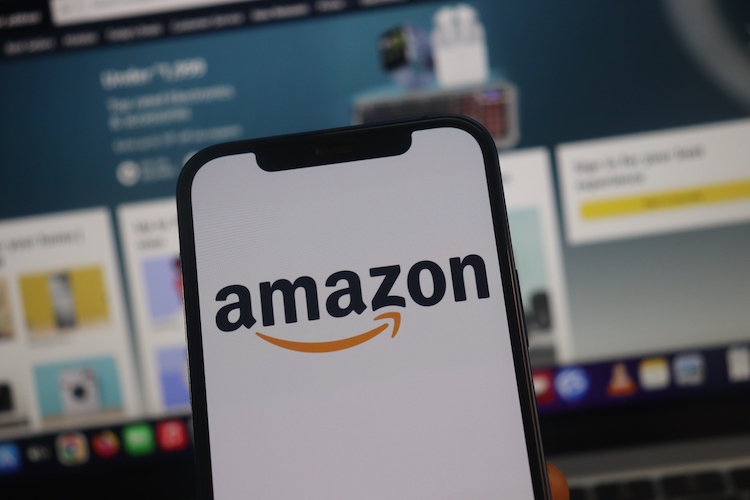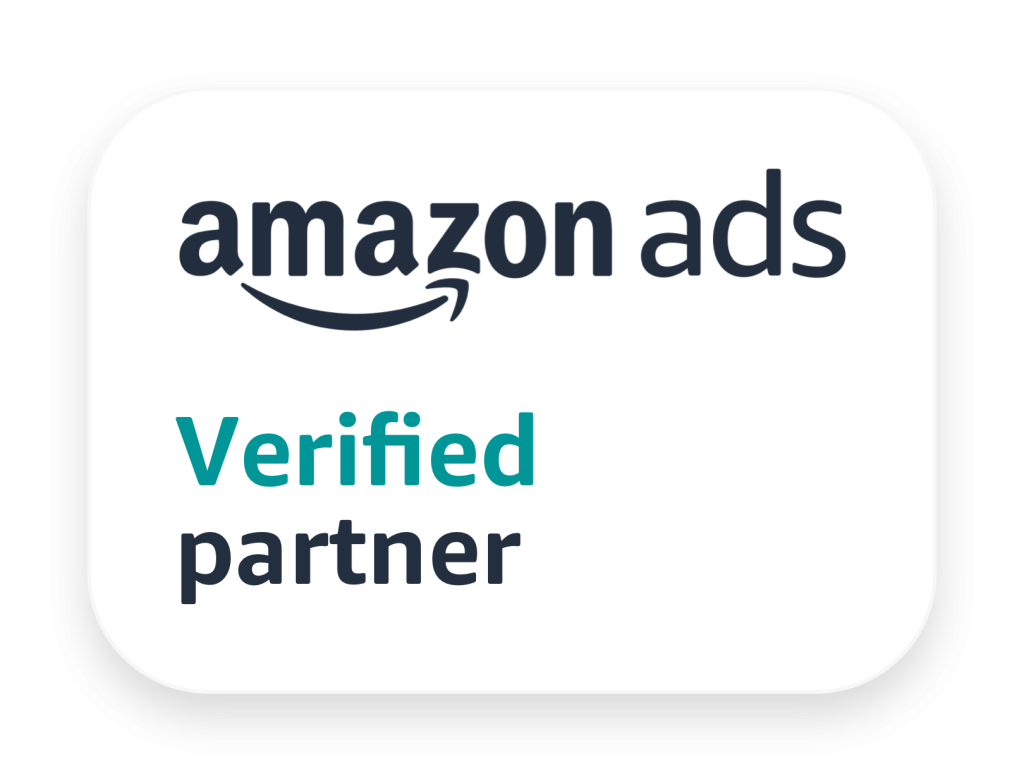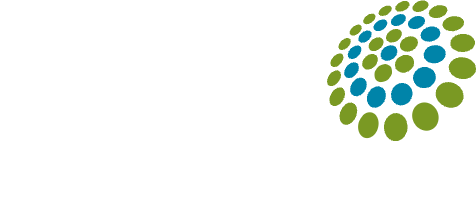Why are so many brands obsessed with Amazon? Simple – it’s the largest customer-based eCommerce platform ever created. Amazon generated $386 billion revenue in 2020, making it the third largest company in the world by revenue. Moreover, Amazon Web Services (AWS) was responsible for 11% of that revenue. While the platform launched in 2012, advertising and selling on Amazon has surged in recent years. The eCommerce titan saw a 37.6% increase in revenue in 2020, its largest percentage gain since 2011, partly due to the coronavirus pandemic.
Master These Essential Amazon Terms
If you’re a new 1P or 3P seller on the eCommerce juggernaut, you’re probably feeling overwhelmed by the complex Amazon Adverting jargon. While mastering this terminology may sound daunting, it’s easier to understand than you might think. The team at Premiere Creative compiled this handy guide of common Amazon terms for new and old sellers alike.
1P (First Party): The relationship with Amazon via Vendor Central is 1P. Amazon is the retailer, and the brand is the wholesale supplier.
3P (Third Party): On Amazon, selling via Seller Central is 3P. The brand is a retailer that sells directly to Amazon shoppers.
A9 Algorithm: The search algorithm that Amazon uses to rank products on the marketplace, allowing shoppers to find the best products that match their search queries. Important factors that influence the A9 algorithm include product titles, images, video, copy, A+ content, reviews, and inventory.
A+ Content: Formerly called EBC (Enhanced Brand Content), the A+ Content feature allows brand owners to explain product features on the product display page in a more appealing and eye-catching way with additional content.
A-Z Claim: A claim customers can make to Amazon when they are not satisfied with the shipping time or the condition of items received.
Account Health: An overview of your Seller Central account’s adherence to the performance targets and policies required to sell on Amazon. The summary measures customer service, performance, product policy compliance, and shipping performance.
Advertising Cost of Sales (ACoS): The percentage of attributed sales spent on advertising. This is calculated by dividing your total ad spend by your total sales. In most cases, lower ACoS scores are better.
Amazon Standard Identification Number (ASIN): The identification code Amazon assigns to a listing.
Best Sellers Rank (BSR): Also known as your Amazon Sales Rank, Amazon determines the rank using sales and historical sales data per product. Remember to track this number over time to get an accurate representation of your product’s performance.
Brand Registry: An Amazon program that helps you protect your brand from other sellers jumping on your listing. Brands need to have a trademark to get Brand Registered. Unlocking this feature also gives brands great control of listings with helpful features like A+ content.
Buy Box: The main location on Amazon where a buyer can complete a “one-click” purchase. Numerous sellers can sell the same product, but only one can win the Buy Box. If a shopper clicks to buy while you are “winning” the Buy Box, then your product will get sold.
Cost of Goods Sold (CoGS): This refers to the direct costs of producing goods sold by a company. The amount covers materials and labor costs used to create the product.
Deals: A deal is a time-specific discount on a product. Deals get showcased on the Amazon Deals page and can help improve your brand awareness and drive sales.
Demand Side Platform (DSP): A Display Advertising Platform to help brand influence shoppers. The DSP serves up offers at the right moment through specific interest-based audience segments, bridging the gap between brand discovery and purchase.
Employer Identification Number (EIN): A nine-digit number that the IRS assigns to business entities for identification.
European Article Number (EAN): A unique barcode that identifies the product and is the European version on the UPC.
Direct-to-Consumer (DTC): An eCommerce term for the selling of products directly to customers, bypassing any third-party retailers or wholesalers.
Fulfilled by Amazon (FBA): Orders fulfilled and shipped from the Amazon warehouse to the buyer.
Fulfilled by Merchant (FBM): Orders fulfilled by the seller and shipped to the buyer. The merchant will handle all customer feedback and queries.
Inventory Performance Index (IPI): A metric Amazon uses to gauge your overall performance over time. An Amazon IPI score combines the past three months of sales, inventory levels, and costs into a single rolling metric.
Lightning Deals: Limited-time deals that offer a minimum 20% discount on the lowest retail price of the item in the last 30 days. Brands become eligible for lightning deals when they satisfy the following qualifications: Amazon sales history, a rating of at least 3 stars, prime eligibility, the product must be in new condition.
Prime: A subscription-based membership to Amazon that offers customers premium services for a yearly or monthly fee.
Product Detail Page (PDP): A product listing on the Amazon marketplace where customers select offers and buy products. This landing page contains important details, images, videos, Q&As, and product reviews.
Return on Ad Spend (RoAS): This number refers to how many dollars you earn for every dollar you spend on advertising. The standard calculation for ROAS is (Revenue – Cost) / Cost.
Seller Central (SC): The platform used for selling on Amazon as an individual or smaller business. Sellers can oversee stock, run advertising campaigns, and more.
Share of Voice (SOV): The amount of the market your brand owns compared to your competitors.
Sponsored Display Ads: A self-service advertising solution that helps brands reach relevant audiences both on and off Amazon. Sellers can purchase these ads on a cost-per-click (CPC) basis.
Sponsored Product Ads: An advertising solution that helps sellers promote products with ads. Sponsored Products provide high visibility on Amazon, appearing on the search results pages and product detail pages.
Stock Keeping Unit (SKU): A unique code that refers to each product that you are selling. Every product must have its own SKU.
Storefront: A service that allows vendors and sellers (with a Brand Registry) to create a digital storefront. An Amazon Storefront provides an immersive virtual shopping experience to help influence more sales.
Total Advertising Cost of Sales (TACoS): This number gives you a holistic view of your advertising spend for all your sales across the board, both paid and organic sales.
Unit Session Percentage: The number of units purchased relative to the number of customers who viewed the products in each period or session.
Universal Product Code (UPC): A unique 12-digit identification number for your product needed to sell through traditional retailers and online marketplaces
Vendor Central (VC): An invite-only platform where Amazon buys a brand’s products in bulk so that Amazon can ship and sell the products.
Verified Review: A product review from a buyer that purchased the product on Amazon.
Vine: A new review generation program offered to 1P vendors.
Amazon Advertising with Premiere Creative
If you are a Seller or Vendor struggling to maximize the velocity of the Amazon marketplace, feel free to get in touch with the Premiere Creative team. With decades of combined experience, the Amazon marketing specialists at Premiere Creative can help you transform your Amazon product page into a revenue-generating powerhouse. Our team specializes in Amazon PDP optimization, brand registration, channel expansion, Amazon issue management, and much more. Premiere Creative will make sure your business utilizes Amazon as efficiently as possible. Dial (973) 346-8100 to start growing your Amazon sales today.



